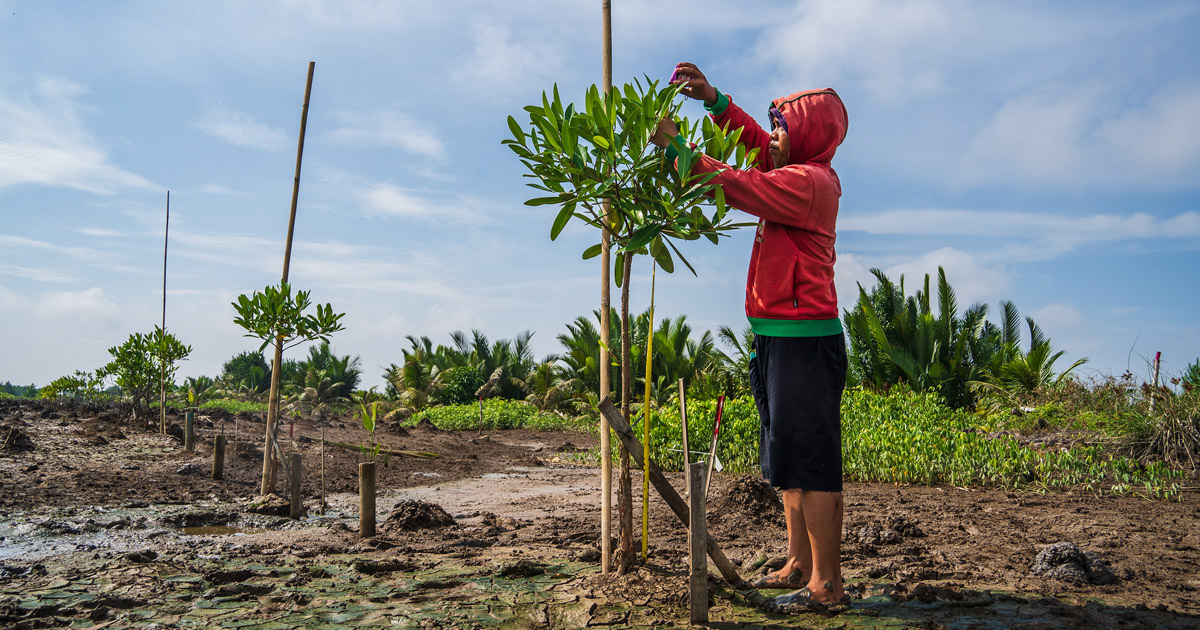Poster session: Plant breeding
Exploring the population structure and genetic diversity of Moringa oleifera using DArTSEQ derived SNP markers
Moringa oleifera is a versatile tree native to the foothills of the Himalayas and now naturalized in the tropics. Moringa is nutritionally significant owing to its high nutrients and antioxidant content. Despite its increasing use as a fodder crop, wood fuel, medicine, an anticoagulant and a potential source of biofuel, the genetic diversity of Moringa across the tropics remains under investigated. In this study, we employed SNP markers derived from DArTSEQ technology to investigate the genetic makeup of Moringa oleifera. Genomic DNA was extracted from 95 accessions from 19 provenances collected from Africa, Caribbean and South East Asia. 3968 SNP markers were identified using DArTSEQ technology, which combines complexity reduction methods with next-generation sequencing. These were culled to a final set of 1913 informative markers that were then used for population structure and genetic diversity analysis. Unweighted neighbour joining phylogeny and principal coordinate analysis revealed four distinct clusters related to the geographic origin: Caribbean (Haiti/Jamaica) and East African (Kenya/Tanzania) were identified to be a subset of the West African (Mali/Ghana) population while the South African (Malawi) segregated distinctly. Philippines samples clustered separately and farthest as expected. Analysis of molecular variance revealed high gene flow within populations (77%) compared to among populations (23%). Bayesian modelling in structure with best k being two still distinctly segregated the South African (Malawi) population from the other African regions suggesting a distinct introduction. The significant admixture of individuals noted in structure is typical of unnatural introductions possibly through human mediated events. This study highlights the power of SNP markers from DArTSEQ technology in elucidating the genetic structure and molecular diversity of Moringa oleifera. The findings contribute to our understanding of the genetic resources of this important plant species and have implications for germplasm collection, improvement, conservation, utilisation strategies and policies. Further research utilising advanced genomic tools will enhance our knowledge of Moringa oleifera and support its sustainable utilisation for various applications.














